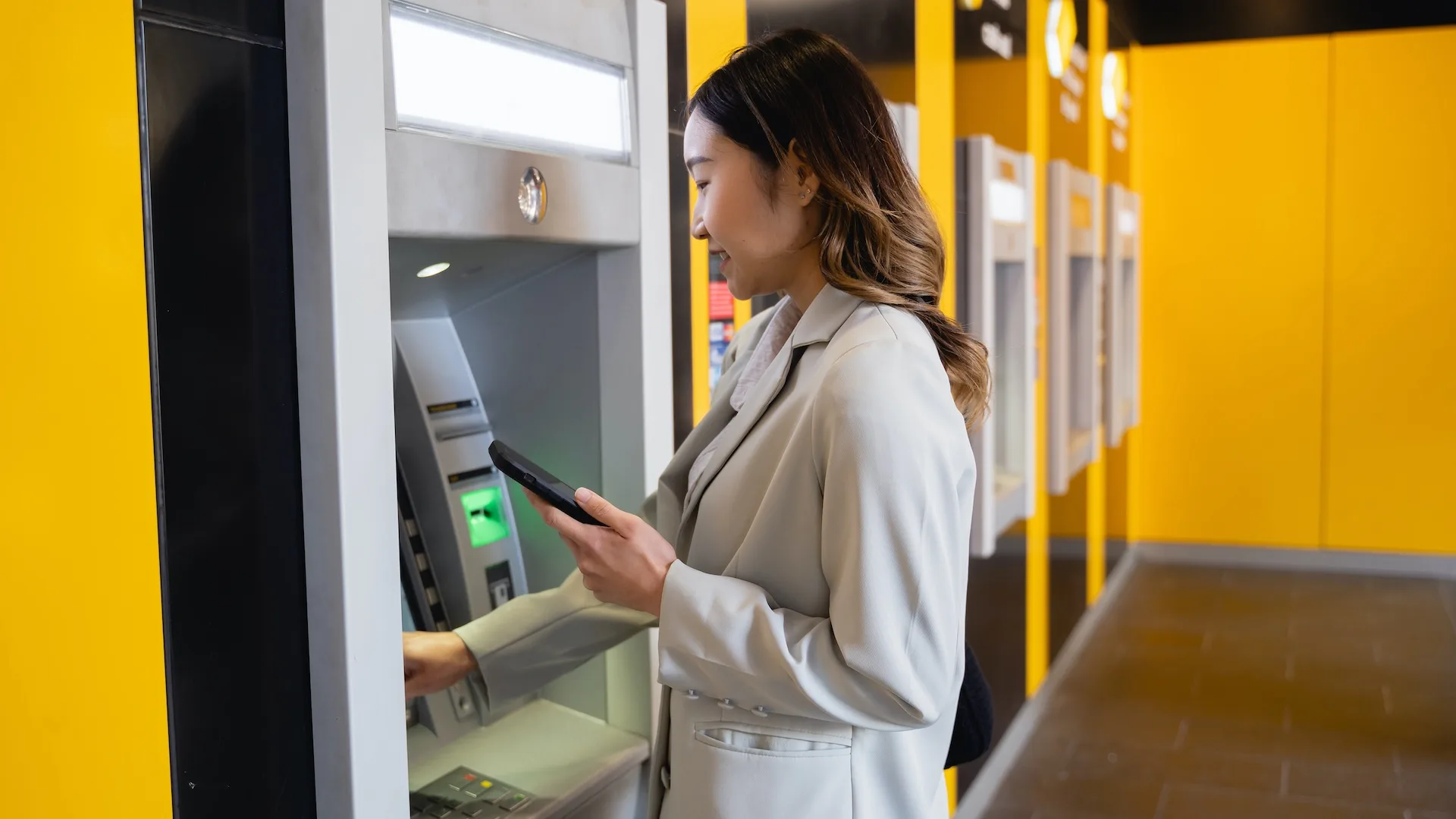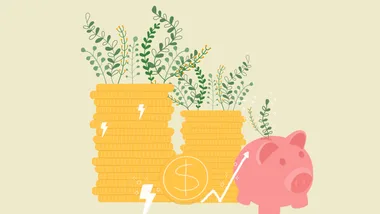On December 3, 2024, Commonwealth Bank (CBA) unveiled its plans to charge a $3 withdrawal fee from January 2025, prompting many to ask if we are moving further into a cashless society.
Australia’s biggest bank has “paused” its plans in response to the public backlash to the proposal.
CBA announced the plans in a statement on its website. It states the reason for the change is to “provide the best available banking experiences.” And, it would replace the Complete Access account with a Smart Access account. If you have a Smart Access account and want to withdraw money from the account at a branch, post office, or by phone you would be charged a $3 fee (unless you have an aged, disability or war veterans’ pension, deposited in your account, or are reliant on over the counter services because of a disability). The change seemingly incentivises people to bank online or use CBA’s app.
Despite pausing its plans for now, it serves as a warning to smaller or regional branches that may rely on foot traffic to keep their doors open.
Are we moving even faster into a cashless society?
While you can still pay with notes and coins, the rise of cards and contactless payments makes it seem like a cashless society is not that far away. In fact, cash makes up just 16 per cent of payments, according to an analysis from the Reserve Bank of Australia (RBA).
What’s more, cash use has been steadily dropping since 2007 as card transactions rise. The pandemic had an influence too, with cash payments halving in the three years to 2022.
It’s not just Australia, either. Card and contactless payments have become popular around the world, leading to conversations about a cashless future.
For example, Sweden was expected to become one of the first cashless societies in the world. The central bank of Sweden, Riksbank, says cash is rarely used but still important to consider.
“In Sweden, cash is legal tender, but this does not mean that consumers have the right to pay with cash in all situations,” a 2024 report states.
“Cash is needed to enable everyone to pay and to provide an additional means of payment in the event of crisis or war.”
Similar conversations are being had in Australia, both in and out of government.
Cashless backlash
While the convenience of contactless payments is often praised, there are plenty of people who still want the choice to pay with cash.
In 2024, it even went as far as the federal parliament. MPs Andrew Gee and Bob Katter introducing the Keeping Cash Transactions in Australia Bill 2024.
Mr Gee says in a media release that many Australians are worried that cash is being “phased out and will soon disappear.”
“While the use of cash for transactions in Australia has been declining, Australians should get to choose how they will pay for what they purchase — not financial institutions or businesses,” he says.
The Bill would make it a legal requirement for businesses in face-to-face settings to accept cash payments for transactions under $10,000.
Can businesses refuse to accept cash?
Businesses in Australia don’t legally have to accept cash payments. However, the Australian Competition and Consumer Commission (ACCC) states that they need to be upfront about what payment methods they accept.
In other words, if a business is cashless, that should be clear before you need to pay. It’s also important to note that cashless businesses have specific requirements around surcharges.
“If there is no way for a consumer to pay without paying a surcharge, the business must include the minimum surcharge payable in the displayed price for its products,” the ACCC website states.

Access to cash
How easy (or hard) it is to get cash is another factor in the cash vs. cashless payment debate.
The trend towards digital banking has led to many banks closing branches around Australia. There are also fewer bank ATMs where you could withdraw money for free. And now with the latest update from CBA, there could be a trend of more banks adding fees to cash withdrawals at branches, post offices, and over the phone.
On top of that, independent ATM operator Armaguard has had financial challenges over the past few years. It is one of the largest ATM operators in the country, with brands including rediATMs and atmx.
But in late 2023 questions were raised about its continued operations. As the Australian Banking Association (ABA) explained in a statement:
“Australia’s largest users of cash were approached by Armaguard in October 2023 and told by its representatives the business was not financially viable in its current form and that they needed financial support.”
Since then, parent company Linfox has announced funding for it.
But the situation highlights challenges to managing access to cash – and to people getting it when they need it.
What would happen if Australia became a cashless society?
First of all, this is years in the future. Countries around the world are having discussions about cash and cashless payments to try and figure out what comes next.
Some of the key considerations are:
- Security for digital payment technology
- Power outages that affect access to contactless payments
- Cyber attacks and fraud
- Costs in accepting cards and contactless payments (which are more expensive for businesses)
- Costs to consumers in the form of surcharges
- The accessibility of online banking and the potential marginalisation of people who find it challenging
- The impact it could have on charities, donations, and “gold coin” events
A fundamental issue is whether a cashless society would impact people’s ability to access their money when they need it.
When the Keeping Cash Transactions in Australia Bill 2024 was introduced, MP Bob Katter gave this worst-case example:
“Imagine a scenario where you cannot buy a loaf of bread without the bank’s permission. This is not a dystopian fantasy; it is a very real possibility if we allow cash to disappear,” he says.

How close are we to cashless?
Technically, the amount of payments made with cash means we’re more cashless than not in Australia. But RBA data shows around 7 per cent of people still make all or most payments with cash.
Realistically, there are challenges around digital infrastructure and accessibility to consider before cash can ever be phased out.
“Not everyone has access to digital banking – [older] citizens, those in remote areas, and individuals without the means or skills to navigate digital platforms rely heavily on cash,” Katter says.
“Removing cash from the equation marginalises these groups and exacerbates social inequality.”
This is echoed by Sweden’s Riksbank.
“Developments suggest that we should focus more than previously on the challenges posed by digitalisation,” it states in a 2024 Payments Report.
Meanwhile, the Institute of Economic Affairs in the UK has noted: “Banning cash would risk alienating and isolating those people who still chose to use it.”
“It would also outlaw a crucial competitive pressure on banks to innovate simpler, safer cashless products. Banks still have work to do to convince many to drop cash, so let them do it.”
So, although cash may not rule payments any more, it doesn’t seem to be going anywhere fast.
 Getty
Getty


